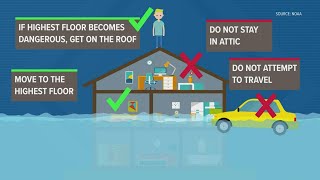

Floods can occur suddenly and with little warning, posing significant risks to life and property. It’s essential to know what to do when a flood alert is issued to ensure your safety and the safety of those around you. Here are some important safety instructions to follow during a flood alert:
